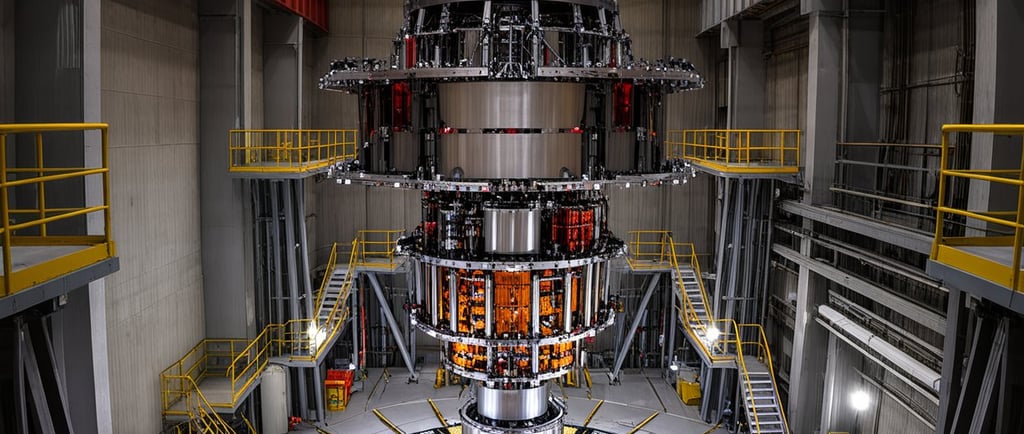The ALICE Experiment


Introduction to the ALICE Experiment
The ALICE (A Large Ion Collider Experiment) is one of the pioneering experiments situated within the Large Hadron Collider (LHC) at CERN, the European Organization for Nuclear Research. Specifically designed to investigate high-energy nuclear collisions, ALICE aims to recreate and study the conditions that prevailed within the universe microseconds after the Big Bang. This endeavor provides vital insights into the matter that formed the early universe, particularly in relation to the quark-gluon plasma.
Understanding Quark-Gluon Plasma
Quark-gluon plasma is a state of matter theorized to have existed just after the Big Bang, where quarks and gluons, the fundamental constituents of protons and neutrons, are no longer confined within the particles, but instead move freely in a hot, dense medium. Through high-energy collisions of heavy ions such as lead, ALICE enables researchers to produce this fascinating state of matter in the laboratory, granting them the opportunity to study its properties. The exploration of quark-gluon plasma can provide important clues on the strong force that governs particle interactions and the early dynamics of the universe.
Significance of the ALICE Research
The significance of the ALICE experiment extends beyond understanding cosmic phenomena. By analyzing the behavior of quark-gluon plasma, scientists are gathering essential data that may influence theoretical physics and our overall comprehension of matter. The detailed measurements conducted by ALICE offer insights into how this plasma behaves under various conditions, including temperature and density, allowing physicists to understand better how the early universe transitioned into its current form. Furthermore, the findings contribute to the broad field of particle physics, aiding in the refinement of existing models and potentially guiding future research avenues.
In conclusion, the ALICE experiment is a cornerstone of contemporary physics, bringing to light the profound mysteries of our universe's infancy. Its focus on studying quark-gluon plasma opens up a plethora of questions about the nature of matter and the fundamental forces at play. Through meticulous experimentation and analysis, the insights garnered from ALICE not only enrich our understanding of the universe but also pave the way for future discoveries.
